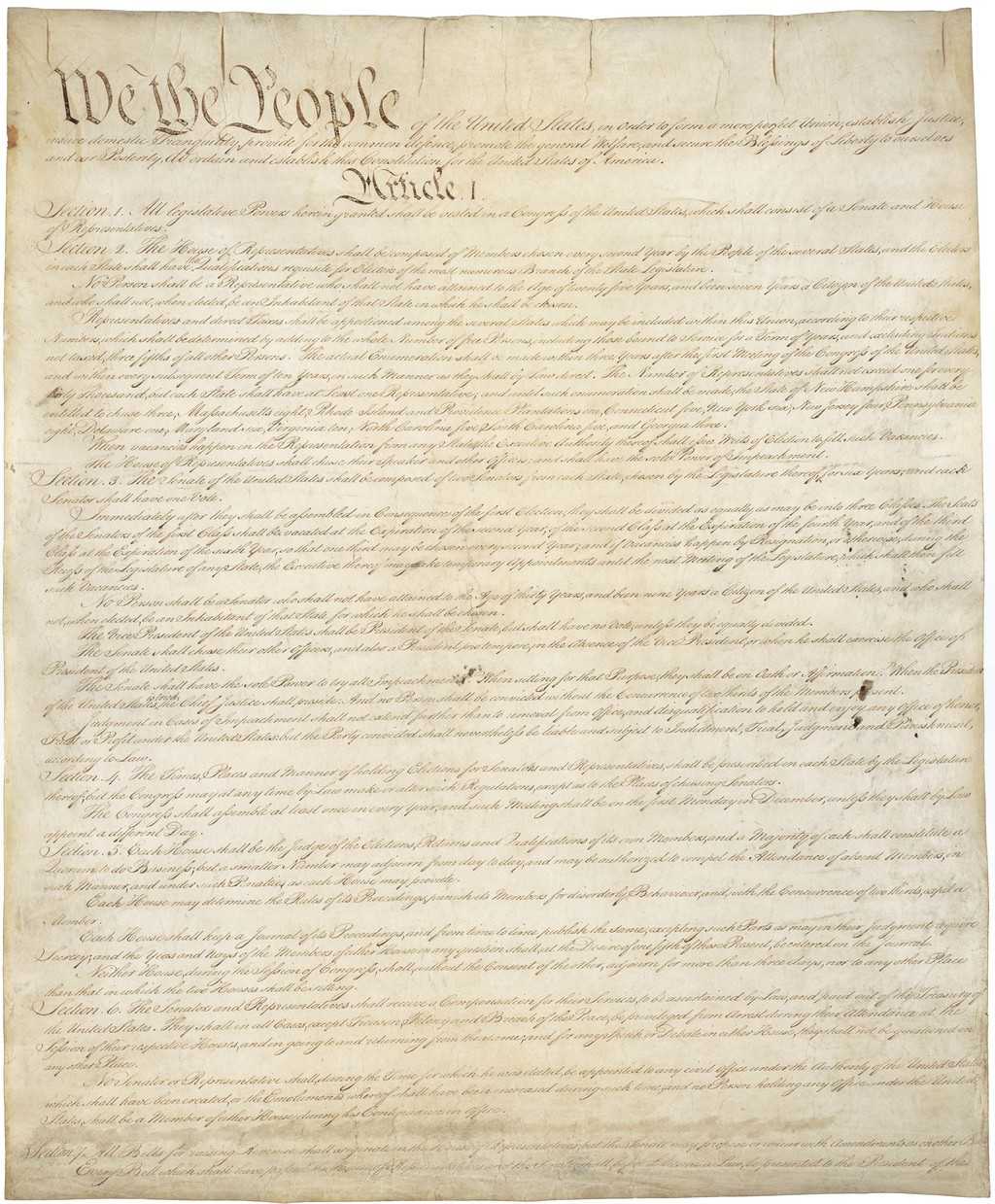Content: My 8th grade students will explore the colonies’ fight for independence and the framing of the constitution in this lesson. This lesson will follow a unit on the colonies and prelude a unit on the U.S. Constitution.
This is defined by the standard that states: students will understand key ideals and principles outlined in the Declaration of Independence, including life, liberty, and the pursuit of happiness, the U.S. Constitution, including rule of law, separation of powers, representative government, and popular sovereignty, and the Bill of Rights, including due process and freedom of expression.
This lesson includes three major elements:
- Higher-order thinking by creating, evaluating, and analyzing.
- Student choice and reflection – students choose their ideas and topics.
- Classroom strategies – students collaborating in small groups and working individually.
Process: The lesson is driven by a student-centered approach. Students begin by collaborating in small groups. Small groups are expected to create a list of what they think would be essential ideas/laws for the United States Constitution as if they were colonists in the late 18th century. Each group will then share and discuss their ideas in a presentation to the class. While a group is presenting, the other groups will evaluate and question the presenter’s ideas/laws. Students are expected to ask clarifying and thoughtful questions about the ideas/laws presented. I will work as a mediator, if needed, to help jumpstart questions. After every group has a chance to present and question other groups, students, as individuals, will then evaluate and analyze what they have created by free writing at least one idea/law they believe is essential for the U.S. Constitution. This gives every student an opportunity to evaluate and defend their higher order thinking. At the end of the activity, I will then present the original Constitution that was created by the colonists. Students will then be able to compare and contrast their ideas to the actual colonist ideas that still affect us today. A classroom discussion on the original Constitution will end the activity.
Product: Students will produce a small group list of the ideas/laws to present and discuss with the class. Students will also produce an individual essay that will evaluate, analyze, and defend what they created. The lesson will also give students the chance to present their lists, while other students evaluate, analyze, and question. This lesson will give students the opportunity to follow their own process rather than just learning the facts. Students will also engage in reflecting on their work and the work of their peers during the collaboration in small groups and classroom discussions. The lesson gives the students a chance to understand how the Constitution, created by the colonists, affects and applies to their life today.
Evaluation: Learning will be assessed through student essays. Learning can also be assessed within the classroom discussions, as groups peer-review and question each other’s lists. In order to participate in this lesson, students will need higher order thinking, which includes creating, evaluating, and analyzing. Students have options and choices in the components of the lesson by creating their own list with no “right” answer. Also, each student is evaluating and analyzing what they learned and created in their individual essay. They are able to choose their Constitution topic and what matters to them by reflecting on the group work.
Reflection: I really enjoyed this lesson exercise. Actively working through plans and making sure students engage in higher order thinking, gave me a chance to evaluate and analyze what goes into creating a useful lesson. The peer review and self-reflection process has also helped me gain valuable guidance and suggestions how I can continue to grow and advance my knowledge as a future educator. As I plan lessons in the future, I now know the importance of students engaging in higher-level thinking and the importance and effect of peer review and self-reflection.
Picture Credit: Constitution of the United States


Scott-I like how you really get to higher order thinking from your students in this exercise. By making the topic relevant and giving the students choices, you are upping the engagement as well. Nice job.